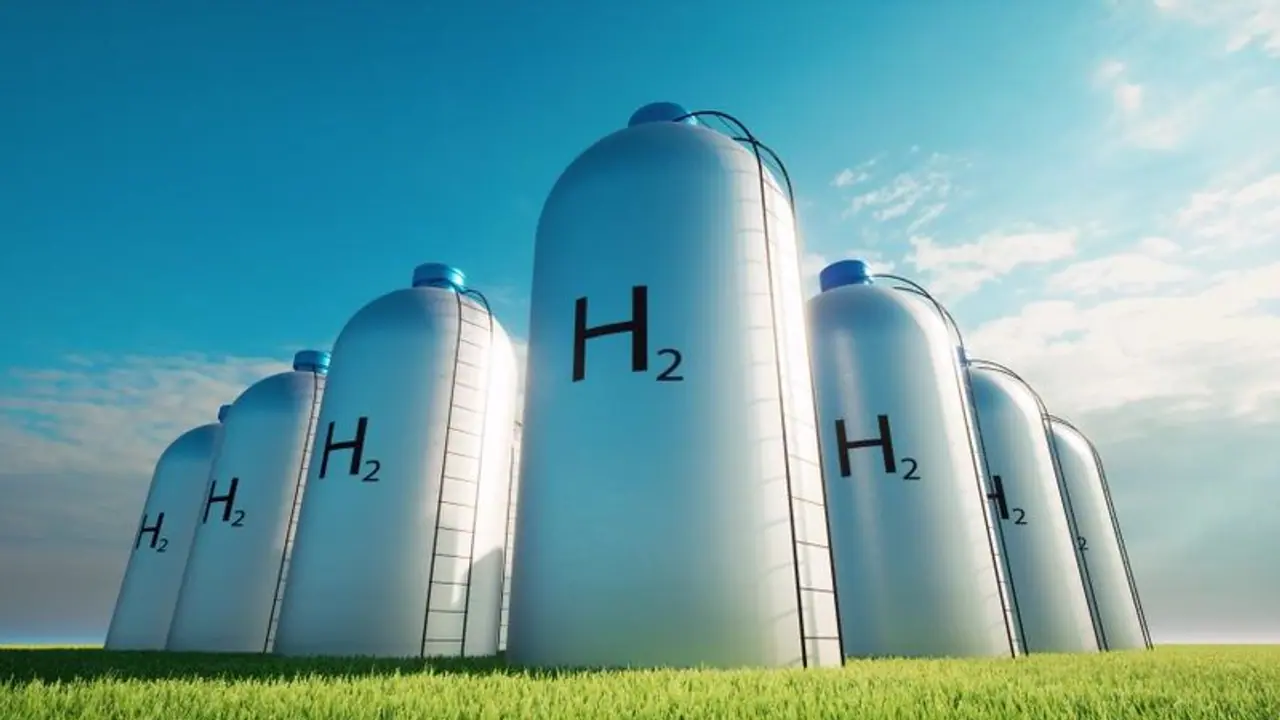Bengaluru College, Nitte Meenakshi, aims to produce green hydrogen from seawater using electrolysis, utilizing solar and wind energy. This initiative seeks to reduce carbon emissions and combat global warming. The project is funded by the Ministry of Human Resource Development.
Green hydrogen initiative by a Bengaluru college to combat global warming and reduce carbon emissions. This project proposes electrolysis in seawater to separate hydrogen.
A research project has been launched by the Nitte Meenakshi University (NMIT) team, which has kickstarted the project to produce green hydrogen from seawater. The college has aimed to take the help of electrolysis, and the electrodes will split the seawater into Hydrogen and Oxygen, using solar during the day and wind energy at night.
Budget 2023 focuses on green growth, Rs 19,700 crore allocated for National Hydrogen Mission

The Ministry of Human Resource Development has funded this project to promote green hydrogen technology. This project has been approved under the Ministry of Human resource development schemes. This will help reduce carbon emissions and combat global warming, which has taken a swift rise worldwide.
This technology, designated as a ‘green hydrogen’ project, is basic chemistry. The process of separating Hydrogen and Oxygen from the brine seawater through electrolysis is pronounced a ‘green hydrogen’ project.
The NMIT team, which proposed the process of separation through electrolysis, “During the daytime, the process will use solar energy to split seawater using electrochemical theory, and at night use wind energy. This project has been designated to produce hydrogen from the process. This project is sustainable and can launch green hydrogen from seawater. It uses wind energy to kickstart the turbine in the nighttime through a hybrid photovoltaic or turbine system,” explained the team.
Uses of green hydrogen
The green hydrogen produced from the process can be used for decarbonisation in various sectors and industries. It can reduce global warming and help us achieve zero carbon footprint. It is sustainable and can significantly reduce the usage of fossil fuels such as petroleum and natural gas. Use of this hydrogen will also reduce the emission of greenhouse gasses such as Carbon dioxide (CO2 ), Hydrochlorofluorocarbons (HCFs) and others.
The ‘green hydrogen’ project is funded by the Scheme for Transformational and Advanced Research under the Human Resource development ministry.
In a first, global temperature set to break key 1.5C heat threshold in next five years
The team consists of Manish Thakur, HOD of the Bioengineering research centre, P.N. Tengli, Prof of Aerospace Engineering, Prof. V Sridhar and Asst. Prof Harish of the mechanical department. Two students, Pooja N and Bramari Shetty, are also part of the project.
The project was conceived through the idea of Hydrogen being the most abundant element available in the Universe. It's among one of the leading energy options widely used by automation and industries. Thus, higher substance usage will lead to green energy, stated the NMIT.
